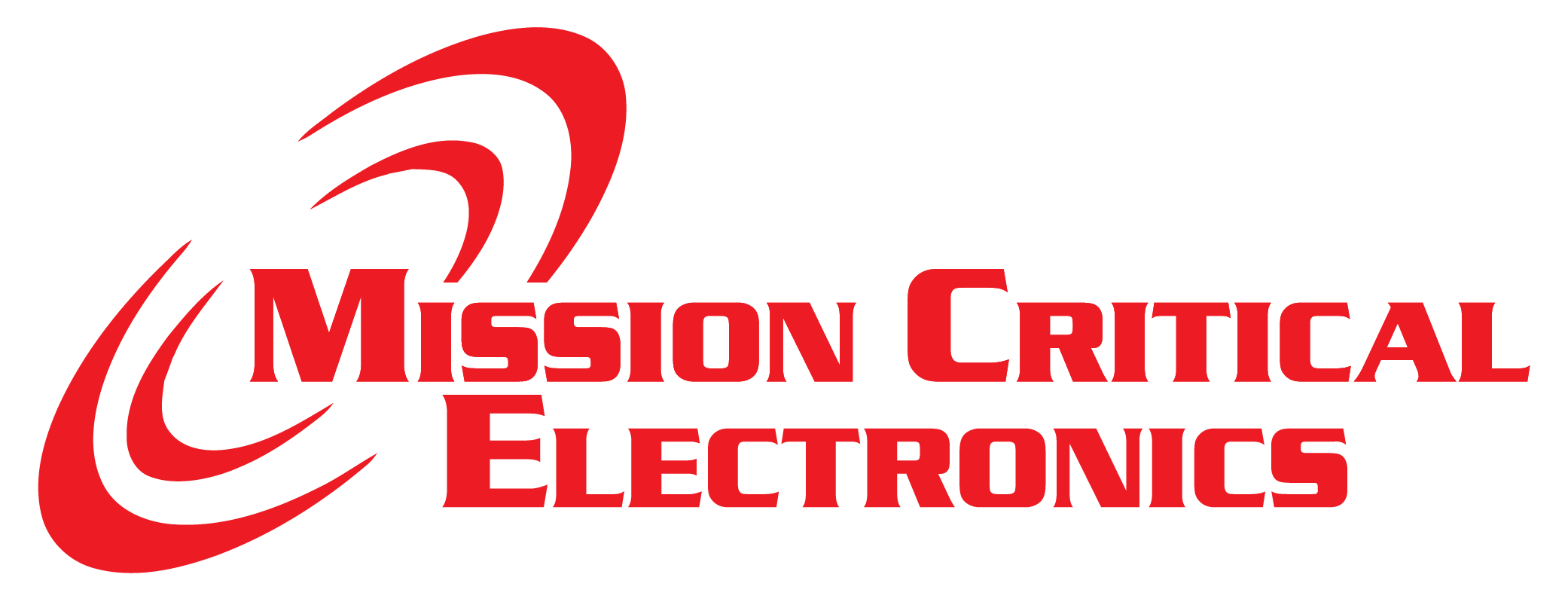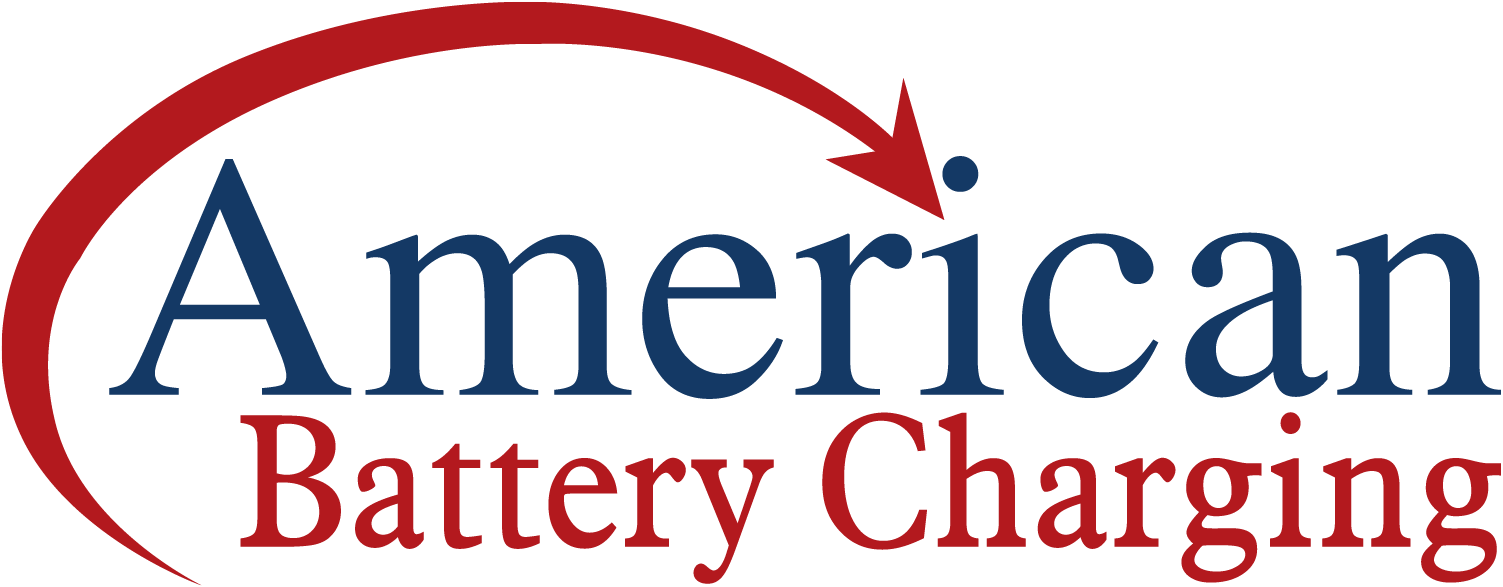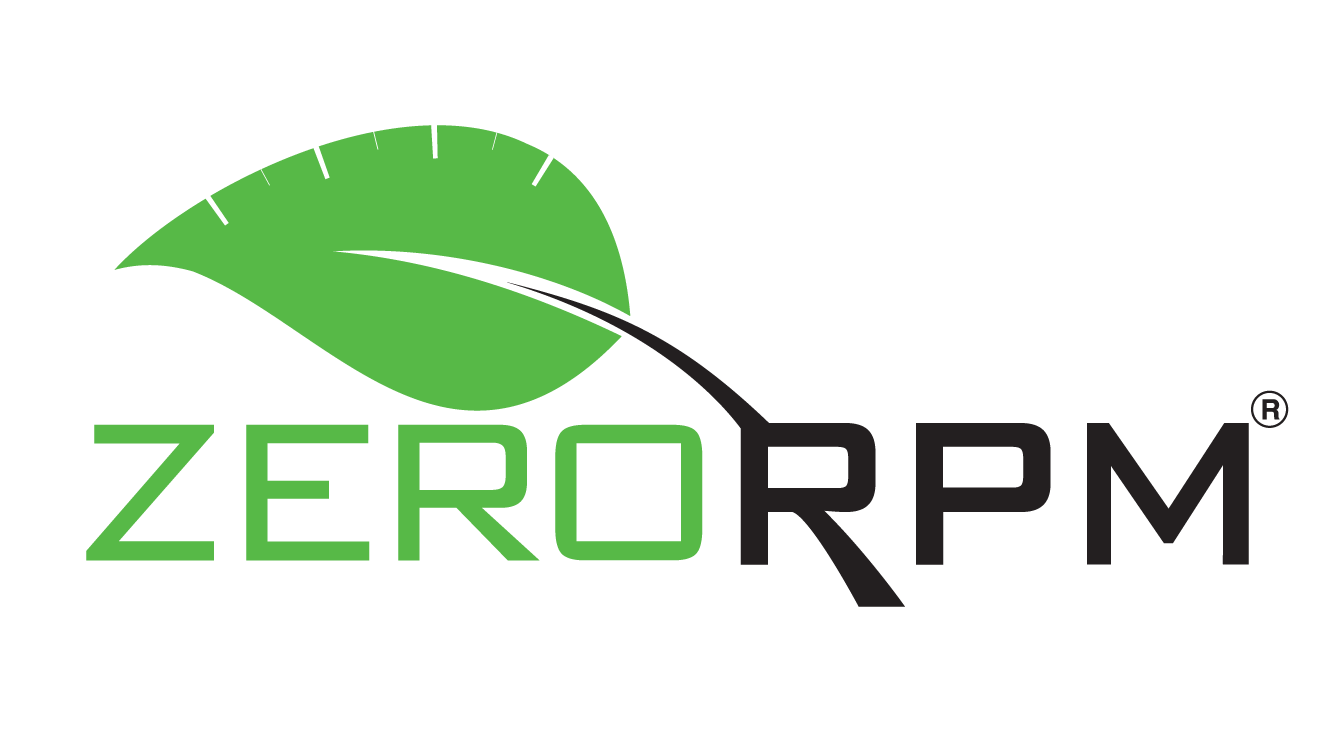New Energy Efficiency Standards to Help Americans Save Money by Saving Energy, Cut Carbon Pollution
WASHINGTON – In support of the President’s Climate Action Plan, the Energy Department announced two new energy efficiency standards today. The new standards for general service fluorescent lamps (GSFLs) and automatic commercial ice makers (ACIMs) are the ninth and tenth standards to be finalized in 2014. Altogether, the ten standards finalized this year will help reduce carbon dioxide emissions by over 435 million metric tons and save American families and businesses $78 billion in electricity bills through 2030.
“As part of President Obama’s Climate Action Plan, the Energy Department set an ambitious goal of finalizing 10 energy efficiency standards this year, and with the new efficiency standards for general service fluorescent lamps and automatic commercial ice makers, we have reached that goal,” said Energy Secretary Ernest Moniz. “The Energy Department is committed to building on this progress, and will continue to develop standards that move the U.S. closer to a low carbon future.”
Typically used for indoor lighting in homes, commercial establishments such as restaurants, and in industrial factories, GSFLs are used on average for approximately 630 hours per household, 4,000 hours per commercial establishment, and 4,500 hours per establishment in the industrial sector each year. The new standard for GSFLs will help reduce harmful carbon dioxide pollution by 90 million metric tons – equivalent to the carbon pollution from the annual electricity use of more than 12 million homes – and save Americans more than $15 billion in electricity bills through 2030.
The standard for automatic commercial ice makers, which provide large volumes of ice that is typically used in soft drinks, ice water, and other beverages, and also to keep fresh fish, salad bars, and other products cold, will help reduce harmful carbon dioxide pollution by 4 million metric tons and save Americans nearly $600 million in electricity bills through 2030. This equipment is used in a wide variety of locations, including in hotels, restaurants and cafeterias, hospitals, schools, grocery and other retail stores, and office buildings.
Since the beginning of the Administration, the Energy Department has finalized new efficiency standards for more than 30 household and commercial products, including dishwashers, refrigerators and water heaters, which are estimated to save consumers nearly $480 billion through 2030. To build on this momentum, the Administration is committed to continuing to establish new efficiency standards that – when combined with the progress already made through previously finalized standards – will reduce carbon pollution by at least 3 billion metric tons in total by 2030, equal to more than a year’s carbon pollution from the entire U.S. electricity system.
###
























